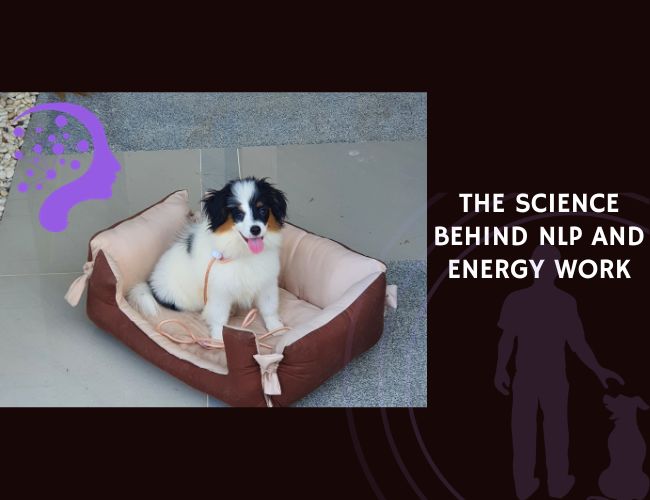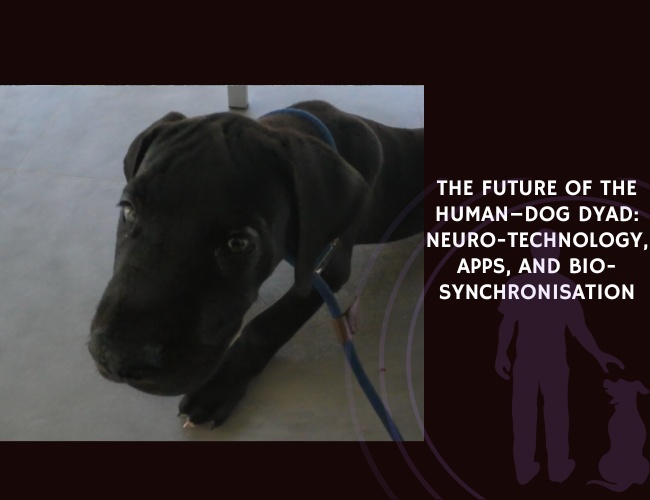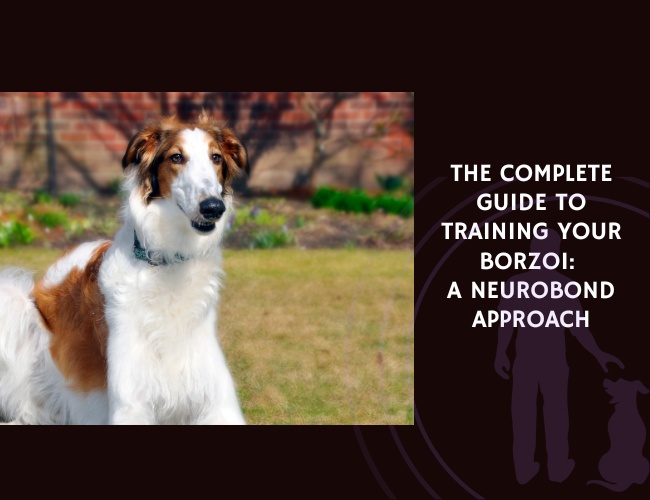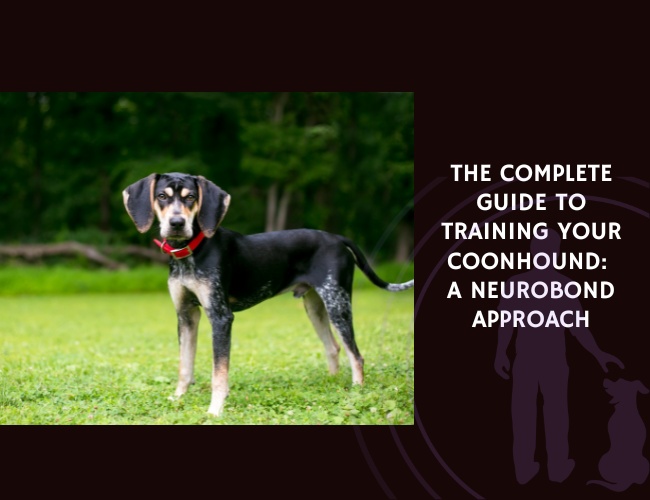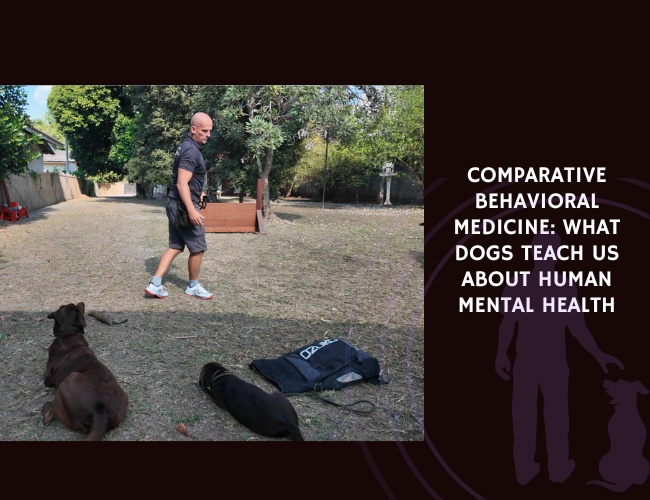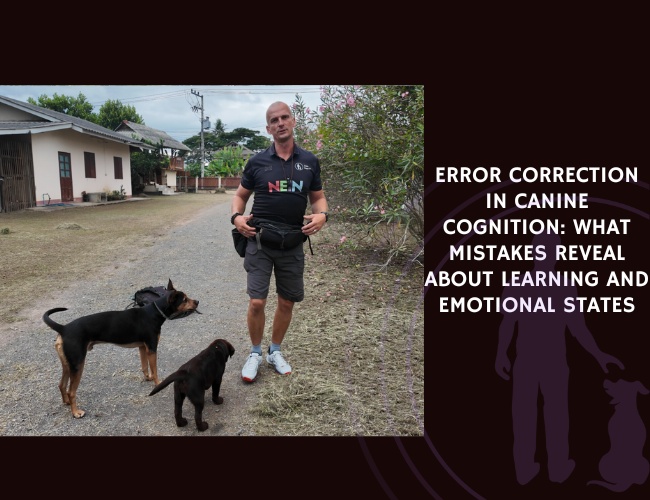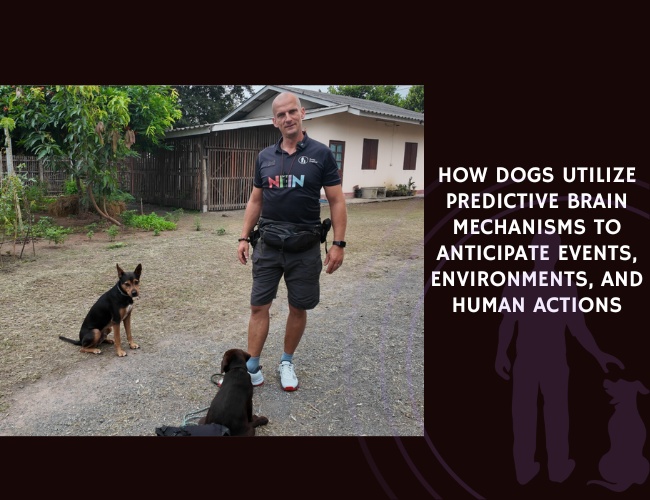Understanding Dog Behavior and Communication
Have you ever wondered what shapes the quirky habits and behaviors of your four-legged friend? The answer lies in a tapestry woven from both their genetics and the environment they’ve been nurtured in.
Dogs’ Complex Nature
At the heart of every dog’s behavior is a combination of their genetic makeup and the experiences they encounter. Genetics can predispose our canine companions to certain traits—like retrievers being naturally inclined to fetch, or herding breeds exhibiting rounding up behaviors. But it’s not just about the instincts they inherit. Dogs, like us, are products of their environment. Training techniques, the level of social interaction they receive, and even the diet they consume play pivotal roles in shaping their personalities. It’s a dynamic interplay, where nature meets nurture, ultimately influencing everything from a dog’s temperament to their ability to learn new behavior.
Significance of Social Bonds
Beyond their genetic blueprint, dogs thrive on social connections. A study discussed in our article shows that positive interactions with humans and other dogs contribute significantly to a dog’s emotional well-being. When dogs form strong social bonds, they exhibit higher levels of happiness and lower signs of stress. These bonds are not merely a source of comfort; they are essential for their mental health. Just as humans need a sense of belonging and affection, so do our canine friends. The nurturing of these emotional connections is crucial, and it’s something that should be at the forefront of any dog training or care strategy.
Nonverbal Communication in Dog Training
When it comes to teaching and bonding with our canine companions, the words we use are just the tip of the iceberg. Beneath that surface lies a vast sea of nonverbal cues that dogs are adept at reading. This is where the core concepts of nonverbal communication play a pivotal role in dog-human interactions.
Core Concepts of Nonverbal Communication
Nonverbal communication includes body language, facial expressions, and vocal tones, which can convey more information than spoken commands alone. Dogs, similar to humans, are social animals that rely heavily on this form of communication. According to insights from Zoeta Dogsoul’s research, dogs can interpret human gestures as accurately as three-year-old children. A pointed finger, a tilt of the head, or a shift in posture can all send clear messages to our furry friends. Emphasizing this form of communication in training can lead to a deeper understanding and stronger bond between you and your pet.
Significance of Eye Contact
Eye contact is another nonverbal element that is deeply embedded in canine communication. In the canine world, eye contact can signal anything from aggression to affection. Our article brings attention to the delicate balance required when using eye contact in training. While direct staring may be perceived as a challenge in dog language, gentle eye contact can create a connection and establish trust. Learning when and how to use eye contact effectively is crucial for trainers and dog owners alike to communicate their intentions without causing confusion or fear.
It’s fascinating to see how these nonverbal cues intersect with what we learned in the previous section about dog behavior and emotional well-being. The way we carry ourselves, the gestures we use, and our gaze all contribute to the social bonds we build with our dogs. As we prepare to explore integrating NLP principles in the next section, remember that the foundation of successful dog training lies in understanding and harnessing the power of these silent signals.
Integrating NLP Principles in Dog Training
In the realm of dog training, communication is king. With that in mind, how might the principles of human Neuro-Linguistic Programming (NLP) apply to the way we teach and interact with our furry friends? NLP, a psychological approach involving understanding and using language to influence behavior, has long been used to help humans achieve personal development and communication goals. But could these same concepts help us connect with canines on a deeper level?
Human NLP Concepts
As we peel back the layers of NLP, we find a treasure trove of strategies rooted in the power of language and thought patterns. NLP teaches that by changing how we think and speak, we can shape our behaviors and outcomes. It’s about understanding the subjective human experience—how we process the world through our senses and the language we use to represent our thoughts internally and externally.
But what does this have to do with dogs? Surprisingly, quite a bit. Dogs may not understand our language as we do, but they are remarkably attuned to the intent and emotion behind it. They pick up on the nonverbal cues we send with our tone of voice, body language, and even our energy. By borrowing from NLP’s emphasis on clear, positive communication, we can create a bridge between human intention and canine understanding.
NLP Techniques for Dog Training
Let’s delve into specific NLP techniques that might translate into dog training. Imagine the power of anchoring—a technique where a particular response is associated with a unique stimulus. In human terms, it might be creating a feeling of confidence every time you tap your fingers in a certain rhythm. For dogs, this could look like associating a specific hand signal or word with a desired action like sitting or staying.
Another technique is modeling, which in NLP involves closely observing and mimicking the successful behaviors of others to achieve similar results. When adapted for dogs, it could involve demonstrating behaviors for our pets or using a well-trained dog as a role model during training sessions. This taps into dogs’ instinctual pack mentality, where they learn by watching the alpha or more experienced members of their group.
Then there’s reframing, which in human NLP means changing the context or perspective of a situation to give it a more positive or empowering meaning. In canine terms, this could be transforming a previously scary or stressful situation for a dog—like visiting the vet—into a positive experience through gradual exposure and positive reinforcement.
Lastly, we shouldn’t overlook the importance of rapport in NLP, which is about building a trusting and harmonious relationship. For dog trainers, establishing rapport means developing a bond based on mutual trust, respect, and understanding. It’s the foundation upon which all effective training rests, ensuring that your dog feels secure and is more likely to respond positively to training efforts.
By integrating these NLP-inspired techniques into dog training, we align with the science behind NLP and energy work, emphasizing the importance of clear, positive communication and the power of the mind-body connection. This holistic approach takes into account not just the physical actions we want our dogs to perform but also their emotional states and our own, creating a more cohesive and intuitive training experience.
Harnessing Energy Work in Dog Training
Energy work, while it may sound mystical, is grounded in the holistic approach of understanding and influencing behavior through the subtle cues and forces that guide interactions. In the realm of dog training, energy work refers to the use of one’s own emotional state, intention, and body language to communicate and connect with a canine companion. This concept is essential as it helps establish a bond based on trust and mutual respect, rather than fear or dominance.
Understanding Energy Work
At its core, energy work is about awareness—being mindful of the energy you project and how it affects those around you, including dogs. Dogs are highly sensitive to our emotional states and can pick up on subtleties in our mood and posture that we might not even be aware of. When we approach training with calm confidence, we set the stage for a positive learning environment. Conversely, if we are anxious or upset, our dogs may become unsettled, making training more difficult.
The relevance of energy work in dog training lies in its ability to create an atmosphere where dogs feel safe and open to learning. Imagine trying to teach someone when there is tension in the air; the discomfort blocks effective communication. The same principle applies to dogs. By harnessing positive energy, trainers can enhance their connection with their dogs, leading to better attention and responsiveness during training sessions.
Practical Applications
So, how can we integrate energy work into dog training practices? Here are a few examples:
- Mindful Breathing: Before starting a training session, take a moment to engage in deep, mindful breathing. This helps calm your mind and centers your energy, which your dog will sense and mirror.
- Consistent Routine: Establishing a consistent training routine can create a calm and predictable environment for your dog. Predictability can reduce anxiety, allowing your dog to focus more on the tasks at hand.
- Controlled Body Language: Use deliberate and gentle body movements to convey commands. Abrupt or aggressive motions can convey negative energy, which may hinder your dog’s learning process.
Integrating these techniques into your training routine can significantly impact the effectiveness of the training. For example, by maintaining a sense of peace and assertiveness, you can create a leadership role that your dog naturally wants to follow. Moreover, paying attention to your energy encourages your dog to pay attention to you, creating a feedback loop that reinforces positive behaviors.
Additionally, energy work can be particularly beneficial in addressing behavioral issues rooted in anxiety or fear. By projecting tranquility and offering a stable presence, you can help your dog overcome nervousness and build confidence, which is essential for both training and everyday well-being.
To conclude, while energy work may seem abstract, its practical applications in dog training are tangible. By being conscious of the energy we emit, we can foster a deeper level of communication and rapport with our canine companions. This, combined with traditional training methods and the NLP techniques discussed earlier, can lead to a more holistic and effective training approach.
Applying Science-Based Techniques for Effective Dog Training
We’ve explored the intricate tapestry of dog behavior, the silent yet profound language of nonverbal cues, and delved into the realms of NLP and energy work. Now, let’s weave these threads together to construct an integrated approach for effective dog training. Combining these insights can empower both trainers and pet owners to establish deeper connections and foster positive change in their canine companions.
Synthesizing Insights
The key to a holistic dog training methodology is in the synthesis of our knowledge. We understand that dogs are complex beings influenced by genetics and environment. Their emotional well-being is intricately tied to the strength of social bonds. Nonverbal communication, such as body language and eye contact, plays a crucial role in how we interact with them. NLP principles, which focus on the relationship between mind and language, can be adapted to enhance our communication with dogs. Finally, incorporating energy work means being conscious of the emotional and energetic signals we emit. By uniting these domains, we create an enriched training protocol that speaks to all aspects of a dog’s existence.
- Recognize the individuality of each dog, tailoring techniques to suit their unique personality and background.
- Use nonverbal cues effectively to build trust and assert gentle leadership.
- Adopt NLP strategies to create positive associations and reinforce desired behaviors.
- Employ energy work to maintain a calm and assertive presence, influencing your dog’s state of mind.
Ethical Considerations
As we apply these sophisticated techniques, we must tread carefully, always mindful of the ethical implications. The welfare of our dogs is paramount. Science-based methods should not only be effective but also humane, promoting the well-being of the animal. It is our responsibility to ensure that our actions and the methodologies we employ do not cause harm, stress, or fear in dogs. This ethical stance extends to alternative practices like energy work, which must be used with sensitivity and respect for the dog’s emotions and instincts.
Training should be a positive and enriching experience for both the dog and the trainer. It’s essential to remember that:
- The goal is to nurture, not dominate.
- Consent is crucial. Pay attention to a dog’s comfort levels and be ready to adjust your approach accordingly.
- Maintain transparency in your methods. Owners should understand the techniques and their purposes.
- Emphasize the importance of patience and consistency in building a lasting bond and achieving behavioral goals.
In closing, the journey of dog training is one of mutual learning and growth. By applying an integrated approach that respects and harnesses the nuances of dog behavior, nonverbal communication, NLP principles, and energy work, we can achieve remarkable results. More importantly, we do so while upholding the highest ethical standards, ensuring that the heart of our training methods always beats in tune with the well-being of our beloved canine friends.
Conclusion
In our exploration of Effective Dog Training, we have journeyed through the rich landscape of canine behavior, delving into the essence of their social bonds, nonverbal communication, and the fascinating realms of NLP and energy work. As we reach the culmination of this blog post, it’s crucial to weave together the threads of knowledge we’ve gathered, creating a cohesive tapestry that not only informs but also inspires.
Recapitulation
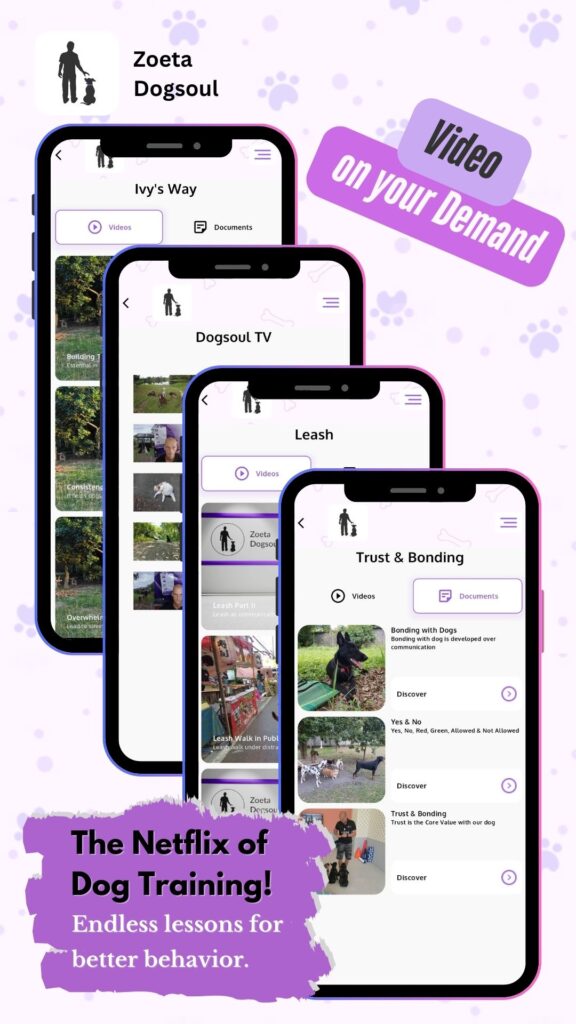
Our first steps took us through the complex world of dog behavior, where genetics and environment intertwine in unique ways that shape each dog’s individual personality. We’ve seen how the strength of social bonds can profoundly affect a dog’s emotional well-being. Moving on, we unraveled the significance of nonverbal cues, highlighting how gestures, posture, and even eye contact play pivotal roles in the way we communicate with our four-legged friends.
The principles of NLP taught us the power of language and thought patterns and their potential application in dog training. By adapting specific NLP techniques, we can bridge the gap between human and canine communication, enhancing our interactions and training practices. And with a gentle touch, we introduced energy work, encouraging a holistic approach that recognizes the subtle yet powerful influences of energy in shaping behavior and building a harmonious relationship.
Encouraging Action
Armed with these insights, you stand at the threshold of a new level of understanding and connection with your canine companion. Embrace the interconnectedness of science, NLP, and energy work as you embark on your dog training journey. Consider each interaction as an opportunity to apply what you’ve learned, whether it’s reading your dog’s body language more accurately or utilizing thoughtful, NLP-inspired communication strategies.
Energy work may seem intangible at first glance, but it embodies the essence of patience, calmness, and positive intention that can transform your training sessions. Invite these practices into your daily routine, and watch as the bond between you and your dog strengthens, fostering a deeper mutual respect and a more harmonious coexistence.
As you apply these techniques, always prioritize the ethical treatment of your dog. Remember, effective training is rooted in compassion and respect for the animal’s well-being. Each dog is an individual, deserving of a tailored approach that considers their unique needs and personality.
- Review the behaviors and communication styles of dogs to better understand their actions and needs.
- Utilize nonverbal cues and eye contact to enhance your connection with your dog.
- Incorporate NLP techniques to refine your communication and improve your training effectiveness.
- Integrate energy work to establish a calm, trusting environment for learning.
- Always prioritize the well-being of your dog, ensuring that your training methods are humane and respectful.
As we conclude, let this be more than just a summary of concepts; let it be a call to action. Take these lessons beyond the screen and into the real world, where they can make a genuine difference in the lives of you and your furry friend. Whether you’re teaching a simple sit command or working through more complex behavioral issues, remember that the heart of training lies in understanding, patience, and the unspoken bond you share with your dog.
Now is the time to step forward with confidence and compassion, knowing that you possess the tools and knowledge to foster a fulfilling and joyful relationship with your dog. So go ahead, apply these insights, and embark on a rewarding journey of growth and discovery with your beloved canine companion by your side.

